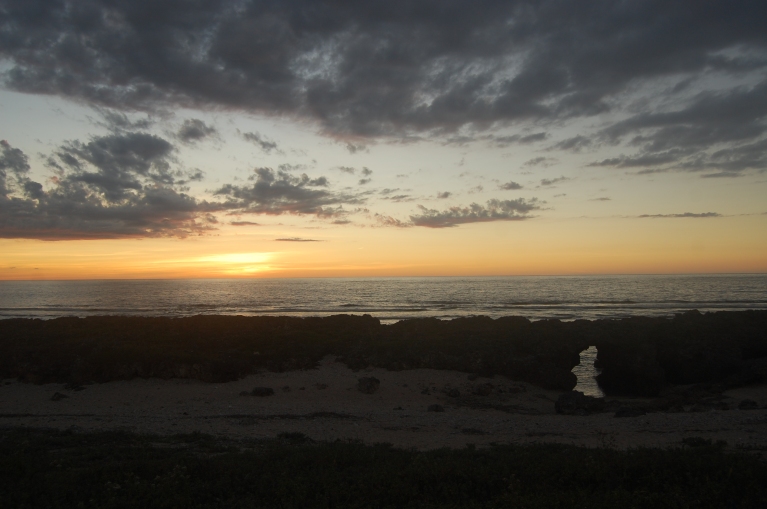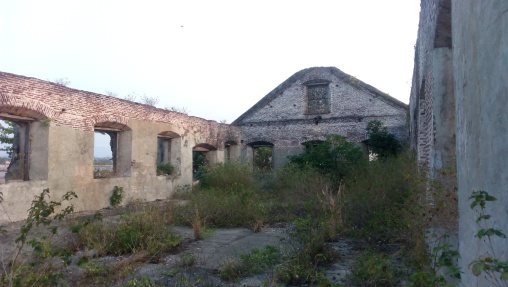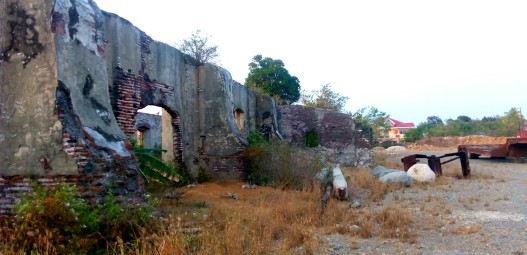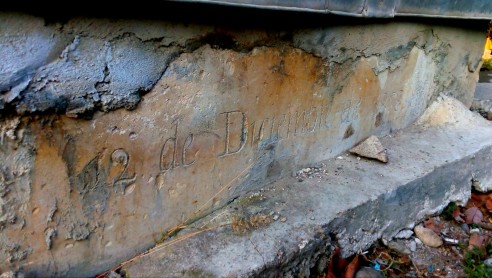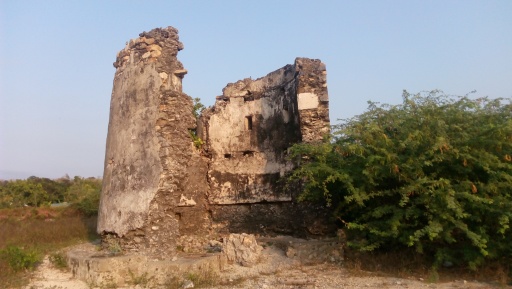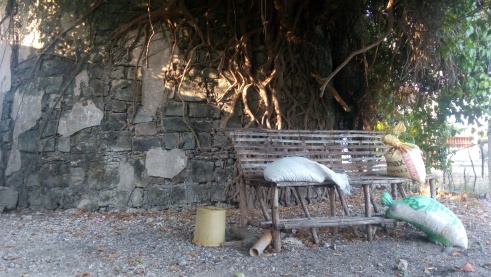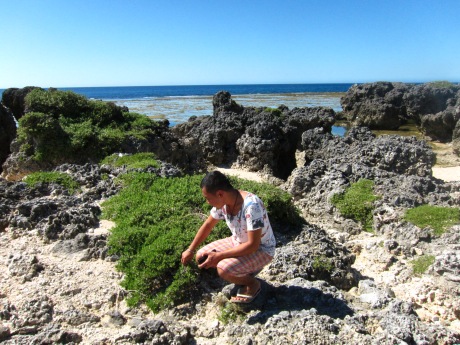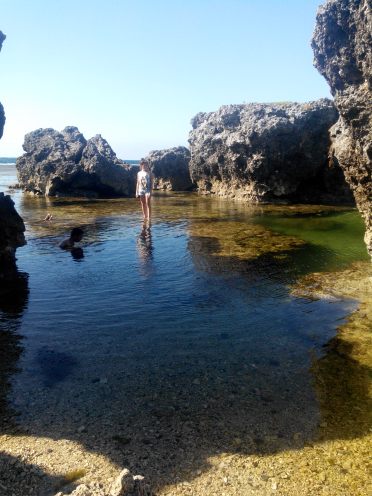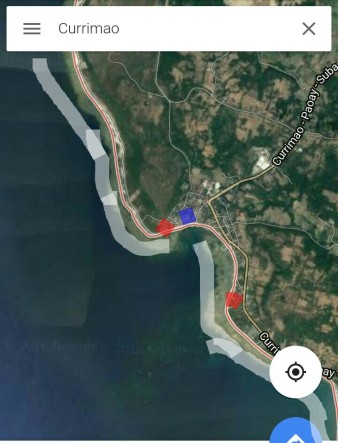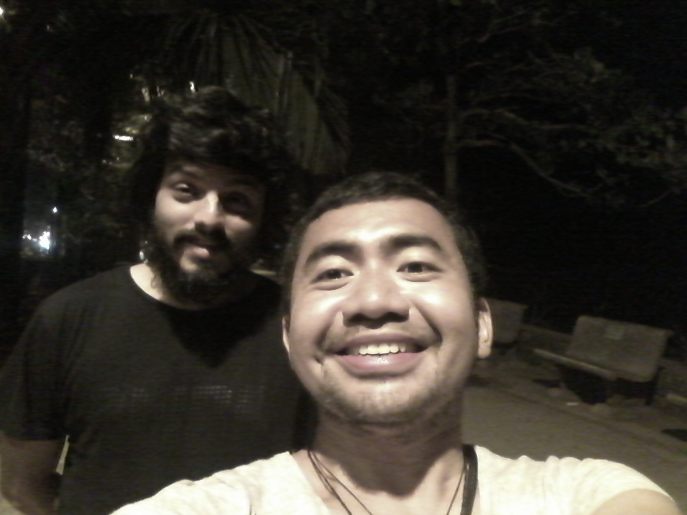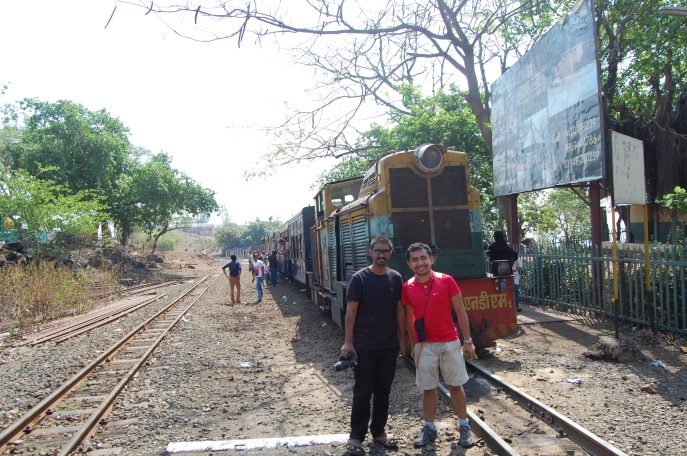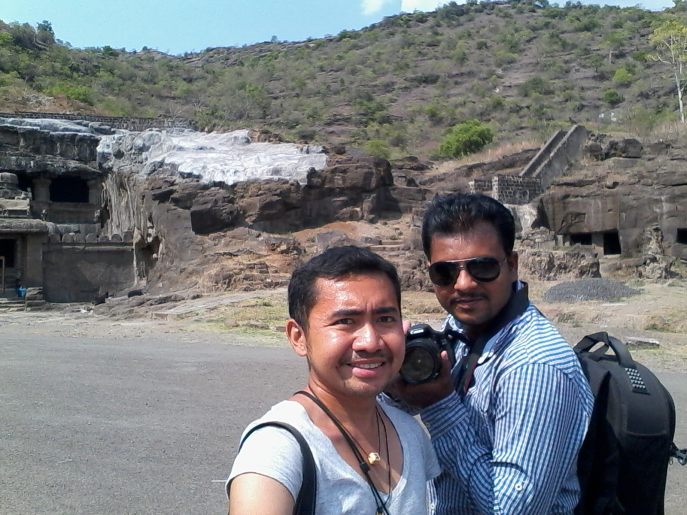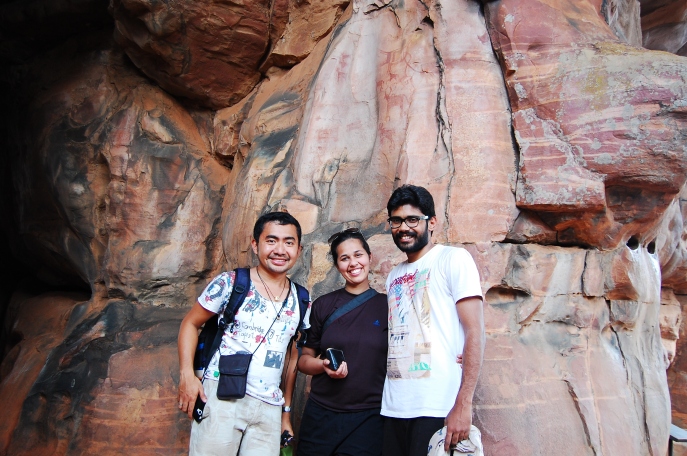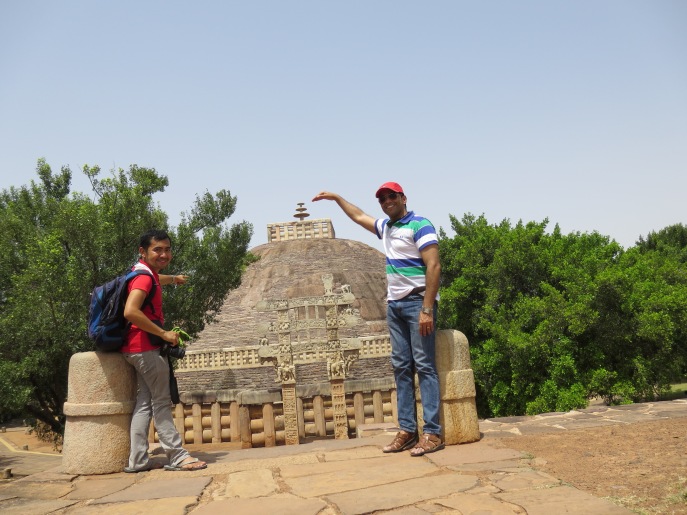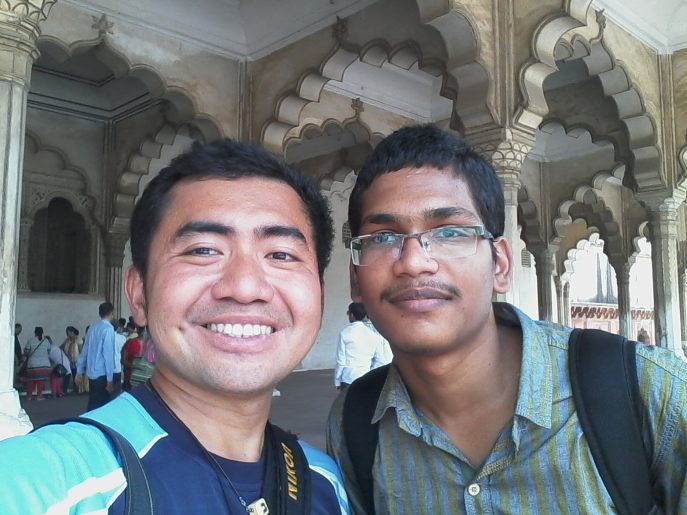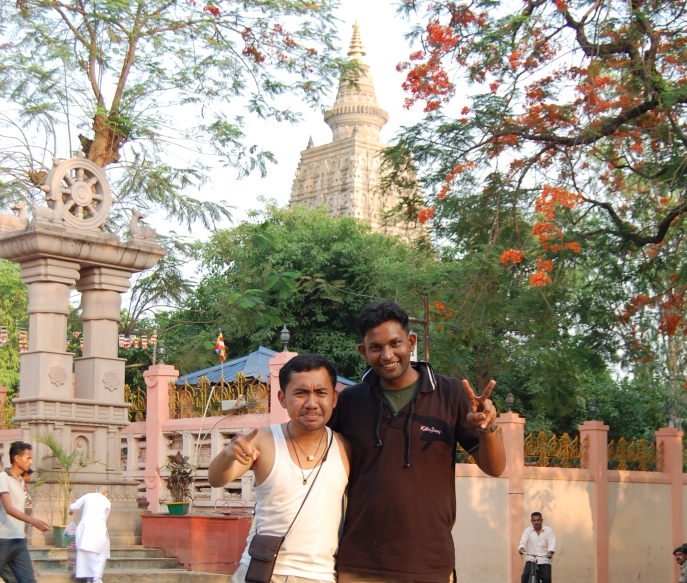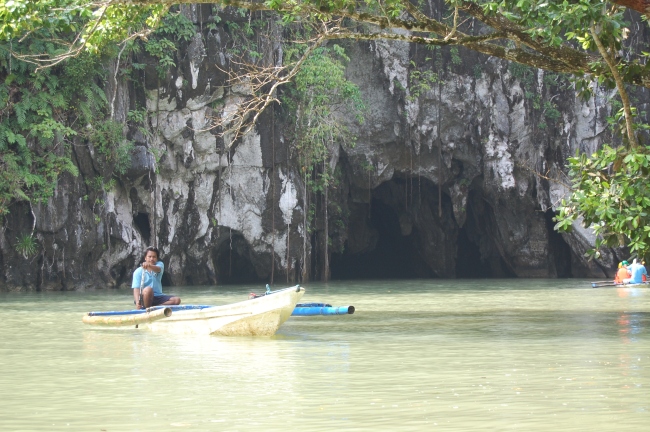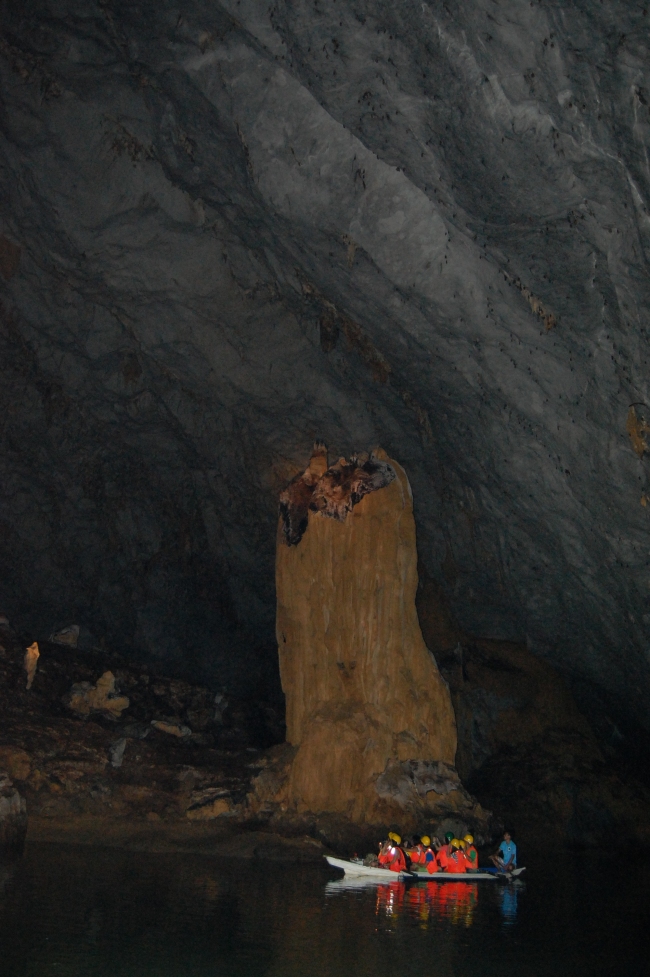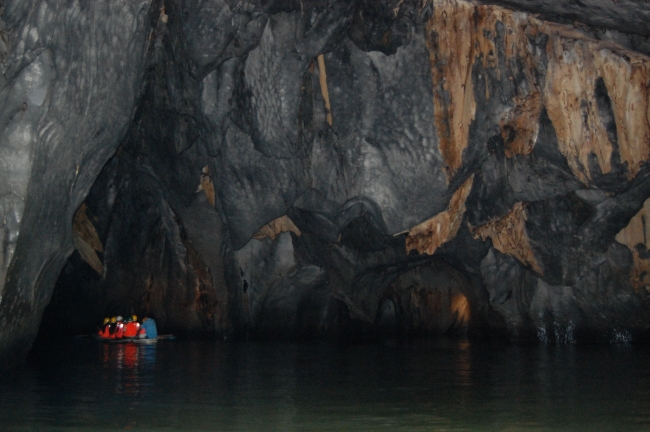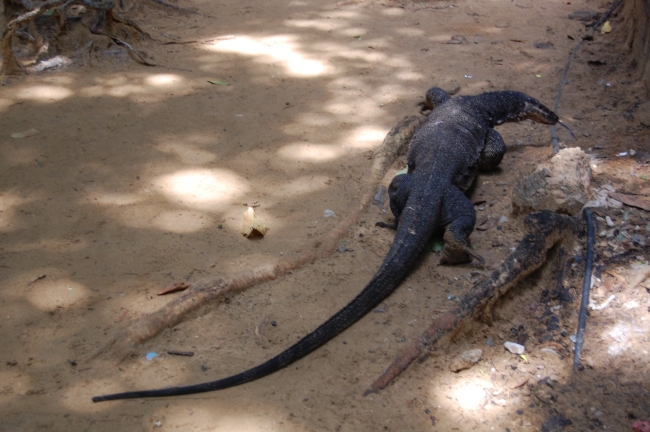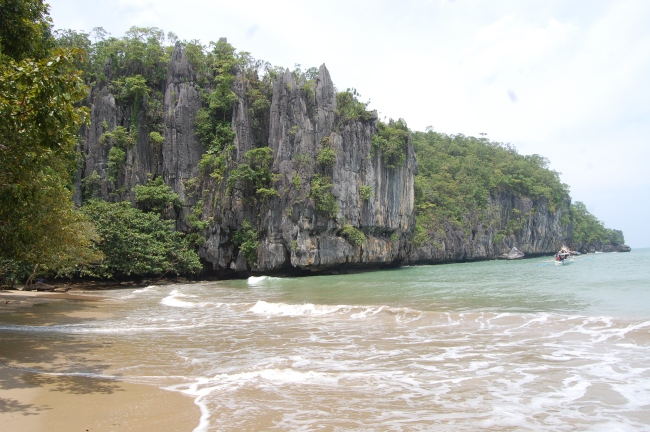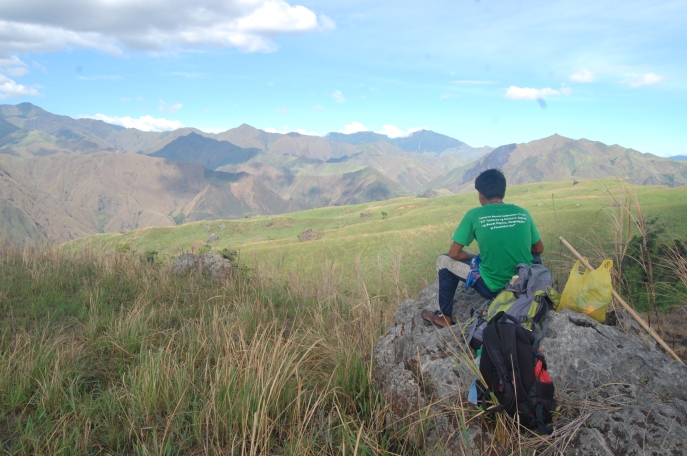Inscribed in 2004, followed by an extension in 2015, with the following justifications:
Criterion (ix): The property is considered of Outstanding Universal Value for representing ongoing ecological and biological processes associated with the evolution of the unique Fynbos biome; and,
Criterion (x): The Cape Floral Region is one of the richest areas for plants when compared to any similar sized area in the world. It represents less than 0.5% of the area of Africa but is home to nearly 20% of the continent’s flora. The outstanding diversity, density and endemism of the flora are among the highest worldwide. (source: http://whc.unesco.org/pg.cfm?cid=31&id_site=1007)

A large part of my personal satisfaction in being able to tick this site off last 2016 stems from the fact that not only were my friend and I able to see the three nature reserves that form the Table Mountain National Park (i.e., Table Mountain, Silvermine and Cape of Good Hope), but, more importantly, we was able to pay proper visits to seven out of the eight protected areas that make up the inscribed serial property. We only missed out Groot Winterhoek Wilderness Area.

Table Mountain National Park embracing Cape Town as seen from Bloubergstrand beach

Different kinds of fynbos in Kirstenbosch Botanic Garden with the “Tableback” part of the Table Mountain in the background.
The Cape floral kingdom is a truly unique ecosystem dominated by the fynbos, a plant vegetation (i.e., proteas, ericas, restios and some lilies) that practically only exists in this corner of the world. Kirstenbosch Botanic Garden, which is the only botanical garden in the world located inside a UNESCO natural world heritage site, provides a bird’s eye view of the different species of fynbos that thrive across different habitats, and it would be best to start one’s travel here. We, however, started with the Baviaanskloof moved towards Table Mountain, then went up to the Cederberg, and finally made the botanical garden our last stop upon returning to Cape Town.

Cape Floral Region: the smallest floral kingdom in the world, the densest, and the most threatened as well, a patrimony of the world of the highest order.
Here are some of the highlights:
(a) the beautiful mountain scenery provided by the Swartberg Pass and the Merringspoort Pass. Both connect the Little Karoo and the Great Karoo, and are great feats of mountain engineering;

Ericas (a kind of heaths) growing among the rocks on top of the freezing cold Swartberg peaks.

The world-famous Swartberg Pass and the montane fynbos that cover the landscape
(b) the rock formations of the Cederberg and its extensive collection of ancient Bushmen paintings (we stayed overnight in the wilderness to see the Sevilla rock art trail);

The rock formations of the Cederberg mountains, the only place where the fynbos called rooibos thrive. It is cultivated to make a tea drink of the same name (or red tea in the West).

One of the 3,000 year-old rock paintings made by ancient San people in the Cederberg near Clanwilliam.
(c) the coastal white sand dunes and game drives in De Hoop Nature Reserve and Protected Marine Area;
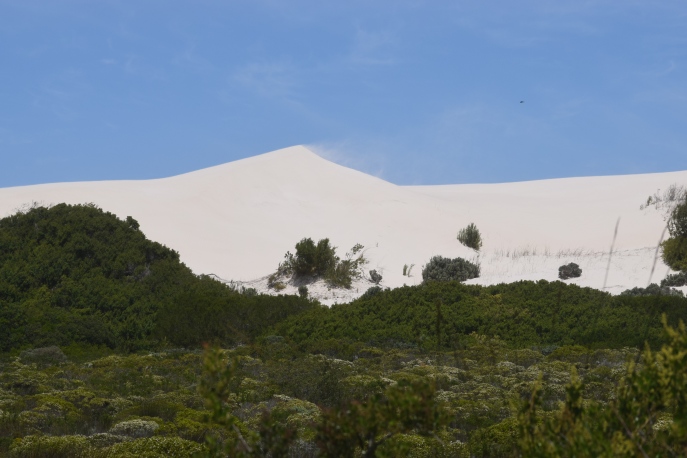
Constantly reshaped white sand dunes of De Hoop show how strong the coastal trade winds are in this whale-watching area.

Spotted a herd of Bonteboks, the rarest of African antelopes, in the grasslands. Other animals spotted were ostriches, Cape buffalos, wildebeasts, kudus, and various birds.
(d) views of Strand, Stellenbosch, Franchshoek, Botrivier and the rest fo the Boland area/wine region on top of the Hottentots-Holland mountains;

At the highest point of Sir Lowry’s Pass in the Hottentots mountains, which caught wildfire a few days after we passed through it in getting to Cape Town.

Inside one of the heritage wine estates in Stellenbosch with the Boland mountains in the background
(d) scenic coastal drives along the Cape of Good Hope and Kogelberg biosphere reserve — very enjoyable!;

A tourist imperative: a photo shot with the Cape of Good Hope marker inside the Cape of Good Hope Nature Reserve

The mountain-to-sea view as one traverses the Kogelberg Biosphere Reserve along the coastal road.
and (e) the imposing beauty of Table Mountain as seen in and around Cape Town – indeed a true world-class landmark! Also memorable was the walk along the penguin colony in Simon’s Town, which is part of the inscribed property as well.

The top of Table Mountain beginning to be covered by the “table cloth” clouds

Cape Town and Cape Bay as seen from the Table Mountain
Overall, the outstanding universal values of this serial property is not hard to understand and appreciate. Each protected area is different from one another, and all of it are definitely worth visiting.
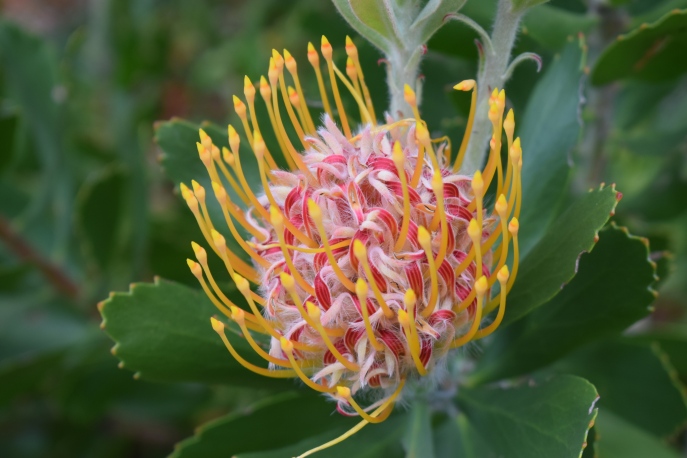
Another species of the endemic protea, South Africa’s national flower
PS. Special thanks to Wolffie for making the trip possible and wonderful!

